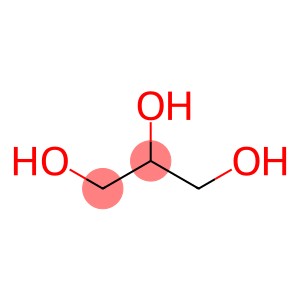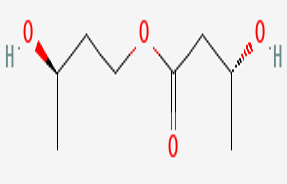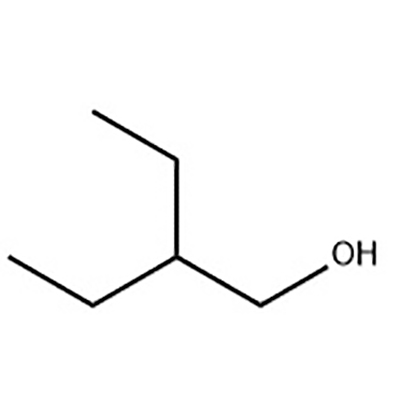Glycerin CAS 56-81-5
| Risk Codes | R36 – Irritating to the eyes R20/21/22 – Harmful by inhalation, in contact with skin and if swallowed. R11 – Highly Flammable |
| Safety Description | S24/25 – Avoid contact with skin and eyes. S39 – Wear eye / face protection. S26 – In case of contact with eyes, rinse immediately with plenty of water and seek medical advice. |
| UN IDs | UN 1282 3/PG 2 |
| WGK Germany | 1 |
| RTECS | MA8050000 |
| FLUKA BRAND F CODES | 3 |
| TSCA | Yes |
| HS Code | 29054500 |
| Toxicity | LD50 in rats (ml/kg): >20 orally; 4.4 i.v. (Bartsch) |
Introduction
Soluble in water and alcohol, insoluble in ether, benzene, chloroform and carbon disulfide, and easily absorb water in the air. It has a warm sweet taste. It can absorb moisture from the air, as well as hydrogen sulfide, hydrogen cyanide and sulfur dioxide. Neutral to litmus. Long-term at a low temperature of 0 ℃, strong oxidants such as chromium trioxide, potassium chlorate, and potassium permanganate can cause combustion and explosion. Can be arbitrarily miscible with water and ethanol, 1 part of this product can be soluble in 11 parts of ethyl acetate, about 500 parts of ether, insoluble in chloroform, carbon tetrachloride, petroleum ether and oils. Median lethal dose (rat, oral)>20ml/kg. It’s irritating.
Write your message here and send it to us








